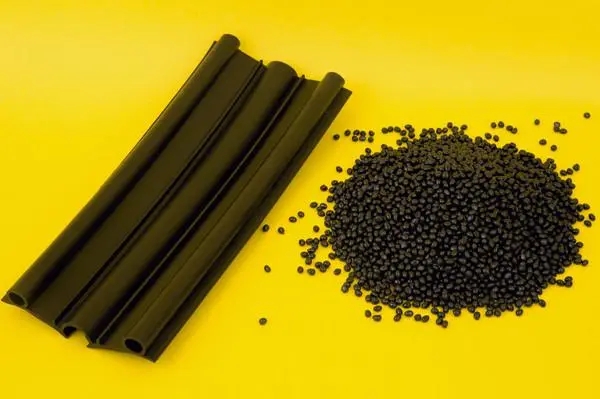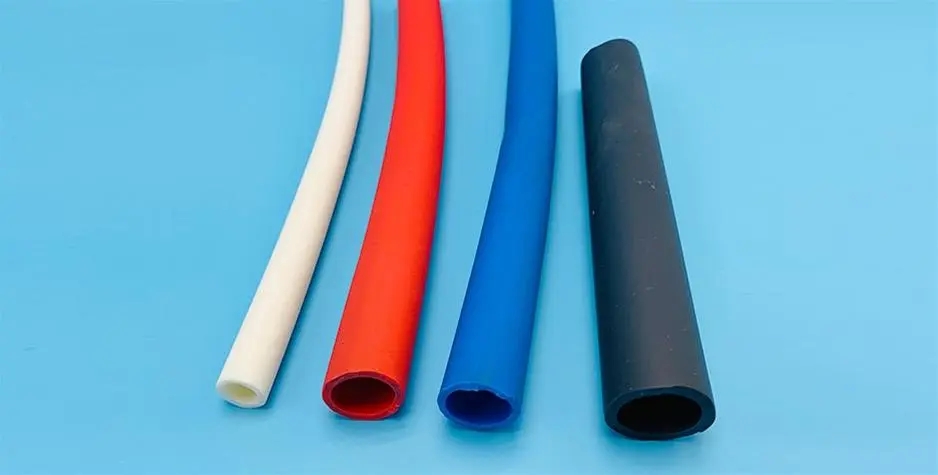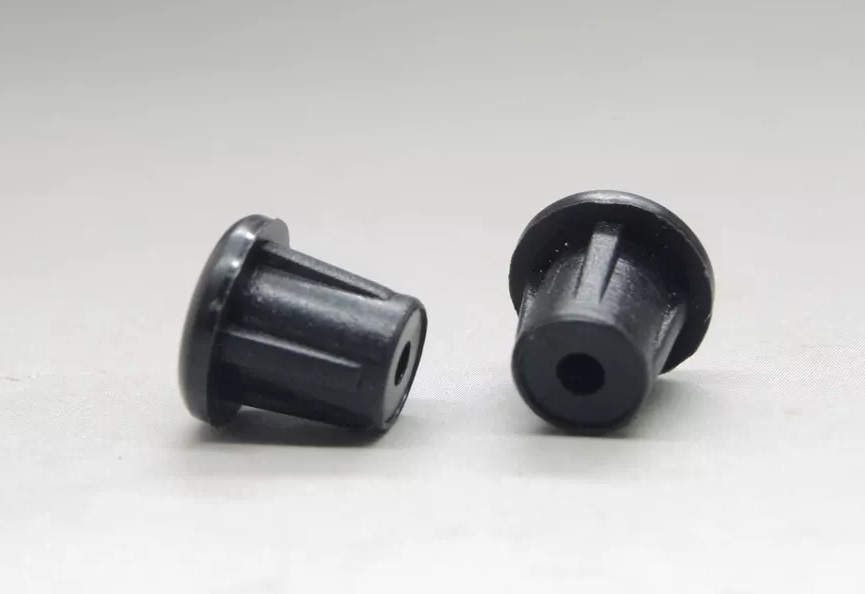News
- Industry news
Industry news
Thermoelasticity science - TPV
What is TPV?
Thermoplastic Vulcanizate (Thermoplastic Vulcanizate), referred to as TPV, TPV is mainly composed of two parts, one is plastic, as a continuous phase, and the other is rubber as a dispersed phase. Usually rubber needs to be combined with softening oil or plasticizer. Vulcanizing agent and some auxiliary additives are also essential. In addition, in order to reduce the cost or improve the performance of some aspects, some inorganic fillers will be filled. Corresponding to the thermoplastic static vulcanized rubber, that is, the rubber is vulcanized according to the traditional method, and then the vulcanized rubber is ground into powder through the grinding equipment, and finally blended with the melted thermoplastic, in theory, this method can also produce excellent performance TPV.

Characteristics of TPV
1. Aging resistance
TPV is a blend system of PP+EPDM, which is a combination of plastic and rubber properties. Through dynamic vulcanization, it has the aging resistance of rubber materials with vulcanization mechanism. Aging resistance includes many acid and alkali resistance, high temperature resistance, and oil resistance, which affect the aging resistance of tpv materials.
2, good resilience
TPV materials have excellent rebound and compression deformation requirements, which can meet the requirements of high rebound products and small compression deformation.
3, the surface color can be customized
TPV material surface with rubber soft touch, color can be customized according to customer needs matte tpv, high light TPV and silicone tpv.
4. Environmental protection and recycling
The thermoplastic processability of TPV materials makes the sustainable recycling of TPV materials, saves energy consumption and improves processing efficiency.

TPV extrusion process precautions
1. To ensure a good drying environment, the moisture absorption characteristics of TPV, it is necessary to dry it before processing. When the surface of the extruded product has bubbled bubbles or the section of the product has holes, it means that the drying is not enough, then dry it as soon as possible! Generally recommended hopper drying temperature is 80~110℃/2h; The drying temperature of the oven is 90~120° C /2h, and the hardness of the TPV is slightly Microsoft to prevent agglomeration in the drying hopper.
2, typical temperature setting, die head 170~190℃ before the area 180~200℃, 180~210℃ after the area 160~180℃, the temperature setting and the product under the big, for the size of small products, extrusion temperature can be increased correspondingly, the temperature has a great impact on the luster of the product, can increase the luster by increasing the temperature, The temperature of the die zone is lower than that of the simplified one, which can improve the melt strength and ensure the stability of the extrusion.
3, the screw speed setting, usually the screw speed adjustment is for the production rate, but it has a great impact on plasticization, too slow or too fast speed is bad for plasticization, so it can be tested according to the actual situation to get a good speed, and high speed will also increase the surface gloss of the product.
4, the machine mold adjustment, the key parameters of the extruder screw length-diameter ratio and compression ratio, under normal circumstances, as long as the length-diameter ratio is greater than 22:1 compression ratio is greater than 2.5:1.

Difference between TPE and TPV
1, TPV belongs to thermoplastic dynamic vulcanized rubber, and TPE belongs to thermoplastic elastomer, but different from the elastomer of SEBS substrate, TPV is divided into rubber elastomer.
2, TPV heat resistance is better than TPE, generally TPE high temperature resistance between 130-150 degrees Celsius, then high aging cracking, it is recommended to use below 120 degrees Celsius. The TPV can be used normally at -60℃ ~ +135℃, and the high temperature resistance can reach +150℃ when the load is not borne
3, TPV aging resistance, weather resistance is better than TPE, TPV sealing material material longer service life.
TPE hardness range in 0A-120A, TPV hardness range in 25A-120A (70D), TPE compared with TPV, TPE hardness range is wide, low can reach 0A super soft, so super soft TPE is often used in the adult products industry.
Guangzhou?Best?Rubber?And?Plastic?Co.,Ltd.
 Tel:(020)31523725, 37523936, 31523097
Tel:(020)31523725, 37523936, 31523097 Fax:(020)37403270, 37403280
Fax:(020)37403270, 37403280 Email: sales@gz-best.com/export@gz-best.com
Email: sales@gz-best.com/export@gz-best.com Add:No. 21 Liangtian Middle Road, Baiyun District, Guangzhou City, Guangdong Province
Add:No. 21 Liangtian Middle Road, Baiyun District, Guangzhou City, Guangdong Province Add:25-27 Yanling Road, Guangzhou
Add:25-27 Yanling Road, Guangzhou


Follow WeChat
COPYRIGHT Guangzhou Best Rubber And Plastic Co.,Ltd. 粵ICP備05087523號
